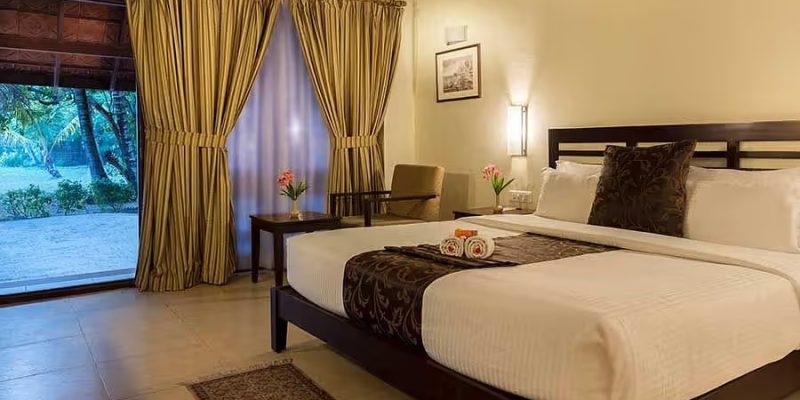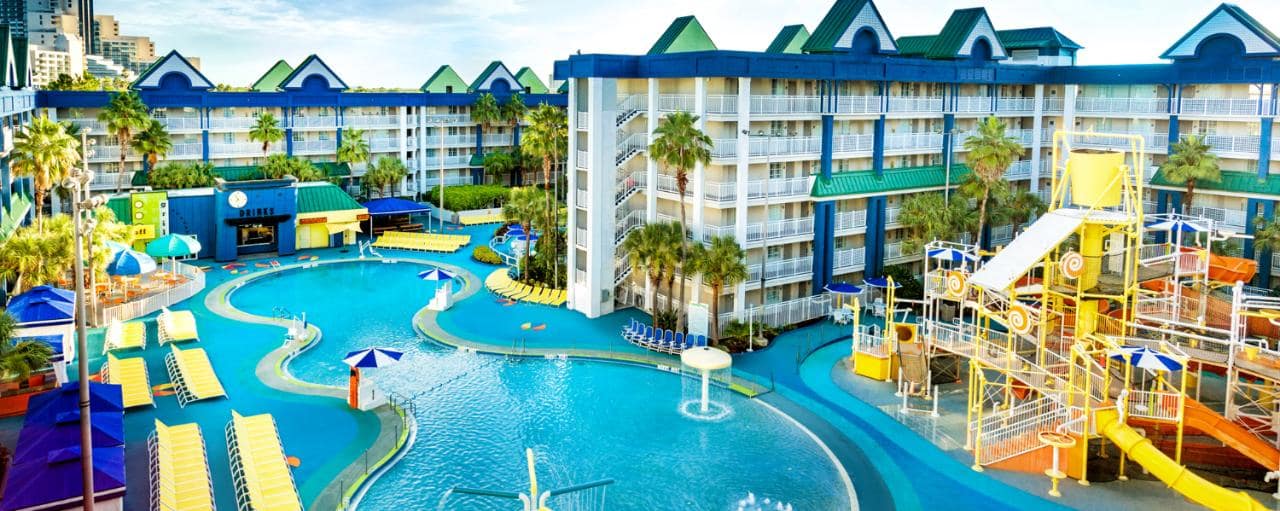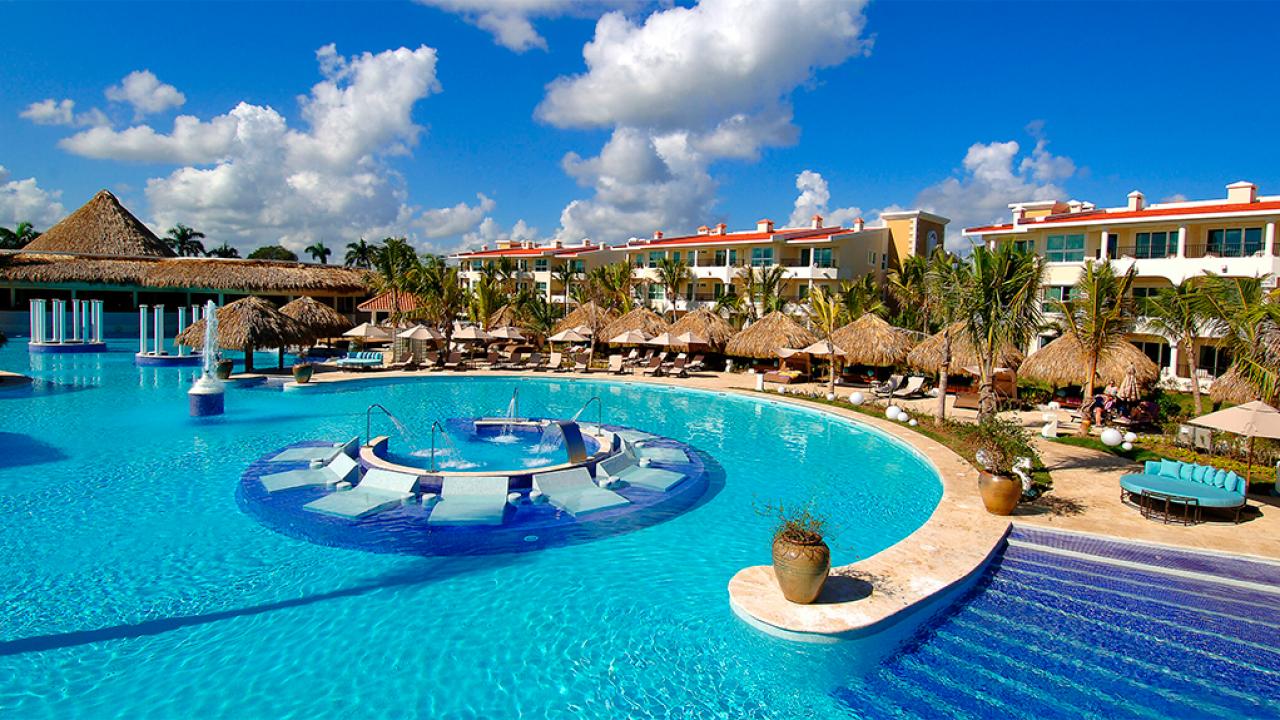
Introduction: Defining the Concept of a Resort
A resort is a destination designed to provide travelers with a comprehensive blend of accommodation, leisure, dining, and recreational activities in a single location. Resorts are carefully curated spaces that aim to offer a holistic experience, combining relaxation, adventure, wellness, and cultural engagement. Unlike standard hotels, resorts often incorporate extensive amenities, scenic surroundings, and immersive programs, making them an essential component of luxury tourism and lifestyle travel. In this article, we explore the types of resorts, amenities, operational strategies, global trends, and practical guidance for maximizing the resort experience.
What Makes a Resort Unique
A resort distinguishes itself from other lodging options through several key characteristics:
- Integrated Facilities: Resorts typically combine accommodation, dining, entertainment, wellness centers, and recreational activities within one property.
- Destination-Oriented Design: Resorts are often situated in scenic or strategic locations, such as beaches, mountains, or islands, emphasizing environmental beauty and experiential travel.
- Focus on Leisure and Relaxation: From spa treatments to infinity pools and guided excursions, resorts prioritize the guest’s enjoyment and rejuvenation.
- Personalized Experiences: Concierge services, curated activities, and tailored itineraries ensure that guests receive customized attention.
- Extended Stays and All-Inclusive Packages: Resorts often cater to multi-day or week-long stays with bundled services, enhancing convenience and cost-efficiency.
The resort model focuses on immersive and comprehensive experiences, differentiating it from standard lodging and making it an integral part of modern tourism.
Types of Resorts
Resorts can be classified based on location, theme, and the type of experiences offered:
- Beach Resorts: Located along coastlines, offering sunbathing, water sports, diving, and beachfront leisure. Popular destinations include the Maldives, Seychelles, and Hawaii.
- Mountain and Ski Resorts: Situated in mountainous regions, providing skiing, snowboarding, trekking, and nature-based activities. Examples include Aspen, Chamonix, and Whistler.
- Luxury Resorts: High-end properties with premium amenities, fine dining, private villas, and exclusive services for affluent travelers.
- Wellness and Spa Resorts: Focused on health, relaxation, and holistic experiences, including yoga retreats, spa therapies, meditation, and detox programs.
- Eco-Resorts: Environmentally conscious properties that integrate sustainable practices, minimize environmental impact, and promote wildlife conservation.
- Golf and Sports Resorts: Designed around sports facilities such as golf courses, tennis courts, or water-sport centers for active leisure.
- Family Resorts: Accommodating guests of all ages with kid-friendly facilities, recreational programs, and entertainment suitable for families.
Each type of resort offers a unique experience, and travelers can select based on preferences for adventure, relaxation, wellness, or family-focused activities.
Core Amenities and Services of Resorts
Resorts emphasize a comprehensive guest experience, often providing a wide array of services:
- Accommodation: Spacious rooms, suites, or private villas with scenic views, modern facilities, and comfort-focused design.
- Dining Experiences: Multiple restaurants, bars, and in-room dining options offering local, regional, and international cuisine. Many resorts provide themed dining nights and cooking workshops.
- Recreation and Entertainment: Pools, water sports, adventure activities, live performances, cultural shows, and organized excursions.
- Wellness Facilities: Spas, fitness centers, meditation spaces, and specialized health programs to promote physical and mental well-being.
- Event Spaces: Conference halls, wedding venues, and banquet facilities equipped with audiovisual technology for corporate or private events.
- Concierge and Guest Services: Assistance with reservations, local tours, transportation, and curated itineraries for personalized experiences.
- Sustainability Features: Eco-friendly practices such as solar energy, rainwater harvesting, waste reduction, and use of sustainable materials.
The synergy of these services ensures that guests can enjoy a seamless, engaging, and luxurious stay without leaving the resort premises.
Resort Design and Architecture
The architectural and interior design of resorts plays a pivotal role in creating a memorable guest experience:
- Integration with Nature: Resorts are often designed to complement their natural surroundings, using materials, layouts, and landscaping that enhance scenic views and environmental harmony.
- Open and Fluid Layouts: Spaces are designed to promote relaxation, with open lobbies, panoramic terraces, and fluid circulation between indoor and outdoor areas.
- Cultural and Thematic Design: Many resorts incorporate local art, crafts, and architecture to provide guests with a sense of place.
- Luxury Interiors: Attention to furniture, lighting, and ambiance enhances comfort and aesthetic appeal.
- Technology Integration: Smart rooms, mobile check-ins, keyless access, and automated services improve convenience and efficiency.
Thoughtful design not only elevates comfort but also creates an immersive and visually striking environment, adding value to the resort experience.
Resort Management and Operational Excellence
Effective resort management involves coordinating multiple departments and services to maintain high standards of quality, efficiency, and guest satisfaction:
- Front Office Operations: Managing reservations, check-in/check-out, guest inquiries, and billing.
- Housekeeping and Maintenance: Ensuring rooms, common areas, and amenities are clean, functional, and well-maintained.
- Food and Beverage Management: Overseeing restaurants, bars, catering, and room service for consistent quality and innovation.
- Revenue and Inventory Management: Pricing strategies, occupancy optimization, and service utilization to maximize profitability.
- Human Resource Management: Recruiting, training, and retaining skilled staff to deliver personalized and attentive services.
- Event Planning and Coordination: Managing weddings, corporate events, and leisure activities with efficiency and professionalism.
- Guest Relations and Feedback: Monitoring satisfaction, responding to reviews, and implementing improvements to ensure continuous enhancement of guest experience.
Operational excellence in resorts requires attention to detail, proactive management, and adaptability to evolving guest preferences and market trends.
Global Trends in the Resort Industry
The resort industry continues to evolve with changing traveler expectations, technological advancements, and sustainability demands:
- Personalized Guest Experiences: Data-driven insights allow resorts to offer customized itineraries, activities, and services.
- Sustainable and Eco-Friendly Practices: Resorts increasingly adopt renewable energy, eco-certifications, and responsible tourism initiatives.
- Health and Wellness Focus: Integration of spa treatments, meditation programs, fitness activities, and nutritious dining caters to wellness-conscious travelers.
- Technology Adoption: Mobile apps, smart rooms, AI chatbots, and virtual concierge services improve convenience and enhance the guest experience.
- Experiential Travel: Offering cultural immersion, adventure activities, and hands-on experiences aligns with the growing demand for meaningful travel.
- Flexible and Long-Stay Options: Catering to remote workers and extended vacations with work-friendly spaces and all-inclusive packages.
Resorts that embrace these trends often attract discerning travelers seeking luxury, convenience, and authentic experiences.
Choosing the Right Resort
Selecting the ideal resort depends on several factors:
- Location: Proximity to natural attractions, tourist landmarks, or cultural hubs.
- Type of Resort: Aligning the resort type with the purpose of travel, such as relaxation, adventure, or family engagement.
- Budget and Value: Evaluating amenities, services, and packages to balance quality and cost.
- Guest Reviews: Considering ratings, testimonials, and feedback from previous visitors for reliability and service quality.
- Amenities and Activities: Prioritizing features such as spa services, water sports, guided tours, or culinary experiences based on interests.
- Accessibility and Convenience: Considering transportation options, ease of arrival, and on-site facilities.
Careful evaluation ensures the resort complements the overall travel experience and meets expectations for comfort, leisure, and engagement.
Maximizing the Resort Experience
Guests can enhance their stay through thoughtful engagement and preparation:
- Plan Activities in Advance: Schedule excursions, spa treatments, and dining reservations to optimize time and experiences.
- Engage with Resort Staff: Utilize concierge and guest services for local insights, travel tips, and curated experiences.
- Explore Amenities Fully: Participate in wellness programs, recreational activities, and cultural workshops offered on-site.
- Cultural Immersion: Seek opportunities to interact with local communities, cuisine, and traditions.
- Mindful Relaxation: Take time to enjoy the environment, scenery, and leisure facilities without rushing the experience.
These strategies ensure that a resort stay is both luxurious and memorable, delivering value beyond mere accommodation.
Economic and Social Contributions of Resorts
Resorts contribute significantly to both local and global economies:
- Job Creation: Employing staff across hospitality, recreation, culinary, and management sectors.
- Tourism Revenue: Attracting domestic and international visitors, boosting spending in local markets.
- Cultural Preservation: Showcasing local art, crafts, cuisine, and heritage through thematic experiences.
- Community Engagement: Partnering with local suppliers, artisans, and service providers to support socio-economic development.
- Environmental Initiatives: Eco-resorts implement conservation efforts, renewable energy, and sustainable practices to protect natural resources.
By fostering sustainable growth and cultural integration, resorts play a vital role in responsible tourism development.
Conclusion: Resorts as Hubs of Luxury and Experience
Resorts are much more than lodging facilities; they are destinations in themselves, offering comprehensive experiences of leisure, adventure, wellness, and cultural engagement. Through careful design, operational excellence, innovative amenities, and personalized services, resorts transform travel into a multifaceted journey of relaxation and discovery. By selecting the right resort, embracing available amenities, and engaging responsibly with the local environment, travelers can ensure that their stay becomes a memorable, enriching, and holistic experience.
FAQ Section
What distinguishes a resort from a hotel?
While hotels primarily provide accommodation, resorts offer integrated amenities, recreational activities, wellness programs, and immersive experiences within the property.
Are all resorts luxury-oriented?
No. Resorts range from budget-friendly options with essential amenities to high-end luxury properties with comprehensive services and exclusive experiences.
Can resorts cater to families and children?
Yes. Many resorts provide kid-friendly facilities, recreational programs, family activities, and childcare services tailored for multigenerational stays.
How can I find sustainable or eco-friendly resorts?
Look for certifications such as LEED, Green Globe, or local eco-certifications, review property sustainability practices, and prioritize resorts that engage in responsible tourism initiatives.
What activities are commonly offered at resorts?
Activities include water sports, hiking, yoga and wellness programs, cultural workshops, adventure excursions, recreational games, and guided tours.
Are all-inclusive resort packages worth it?
Yes, especially for travelers seeking convenience, predictable costs, and a seamless experience combining meals, activities, and accommodations.
How should I choose a resort for a specific travel goal?
Consider your priorities: relaxation, adventure, cultural immersion, family engagement, or wellness. Evaluate location, amenities, type of resort, guest reviews, and budget to make an informed decision.





